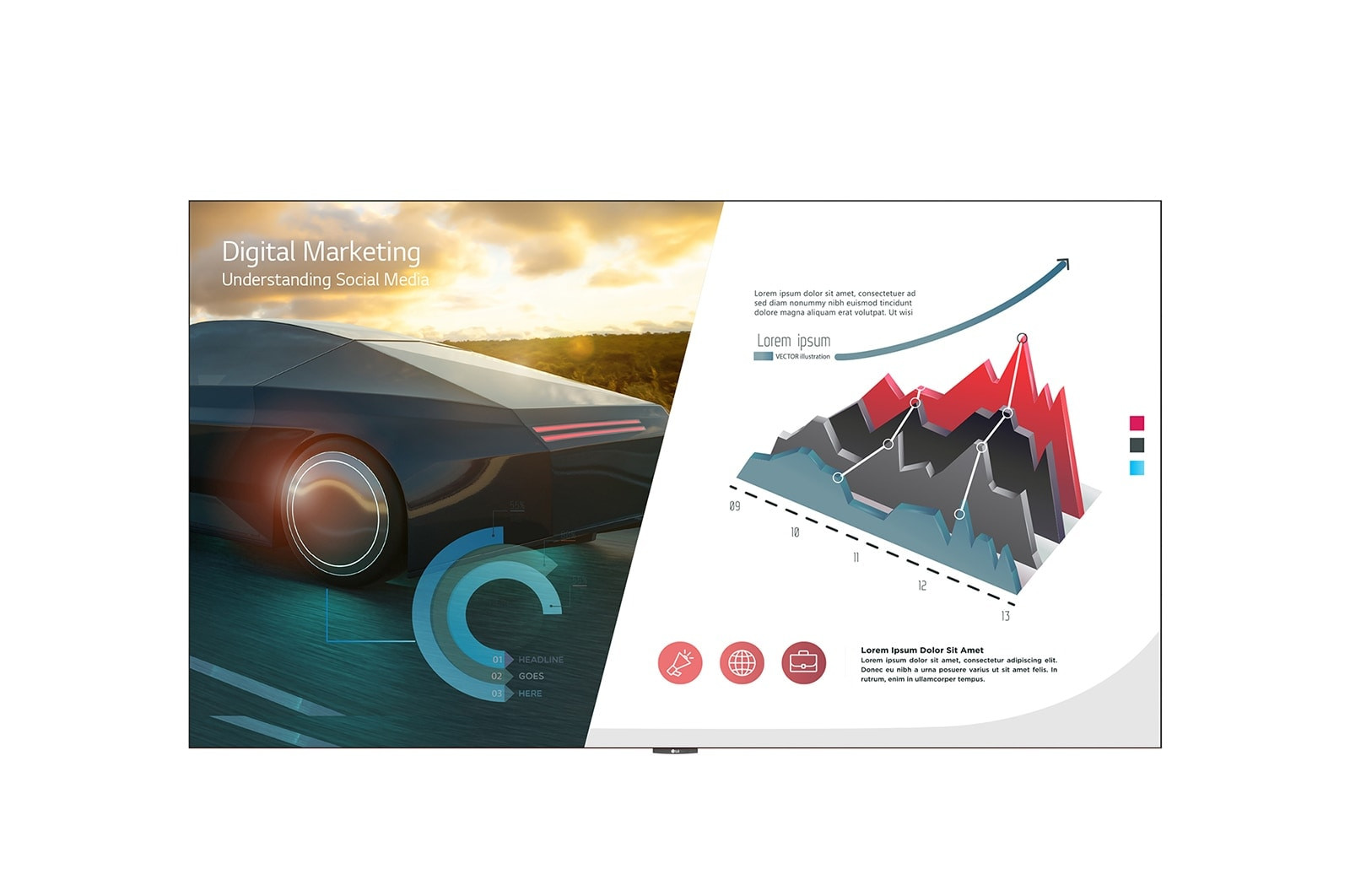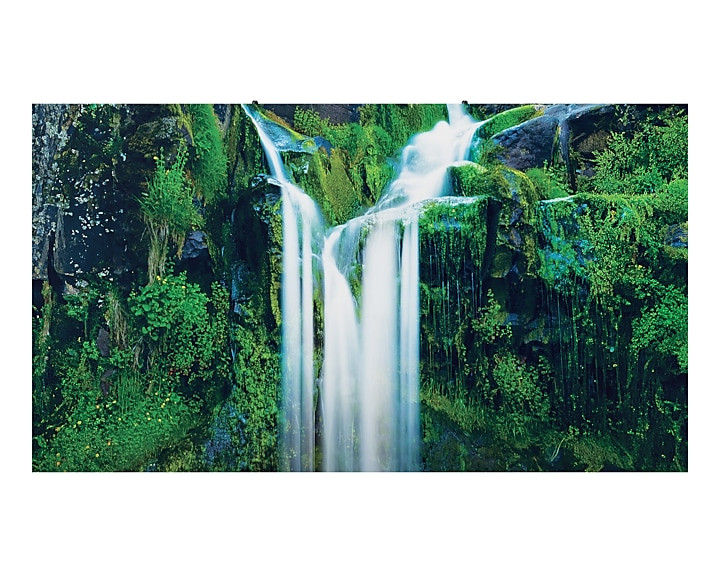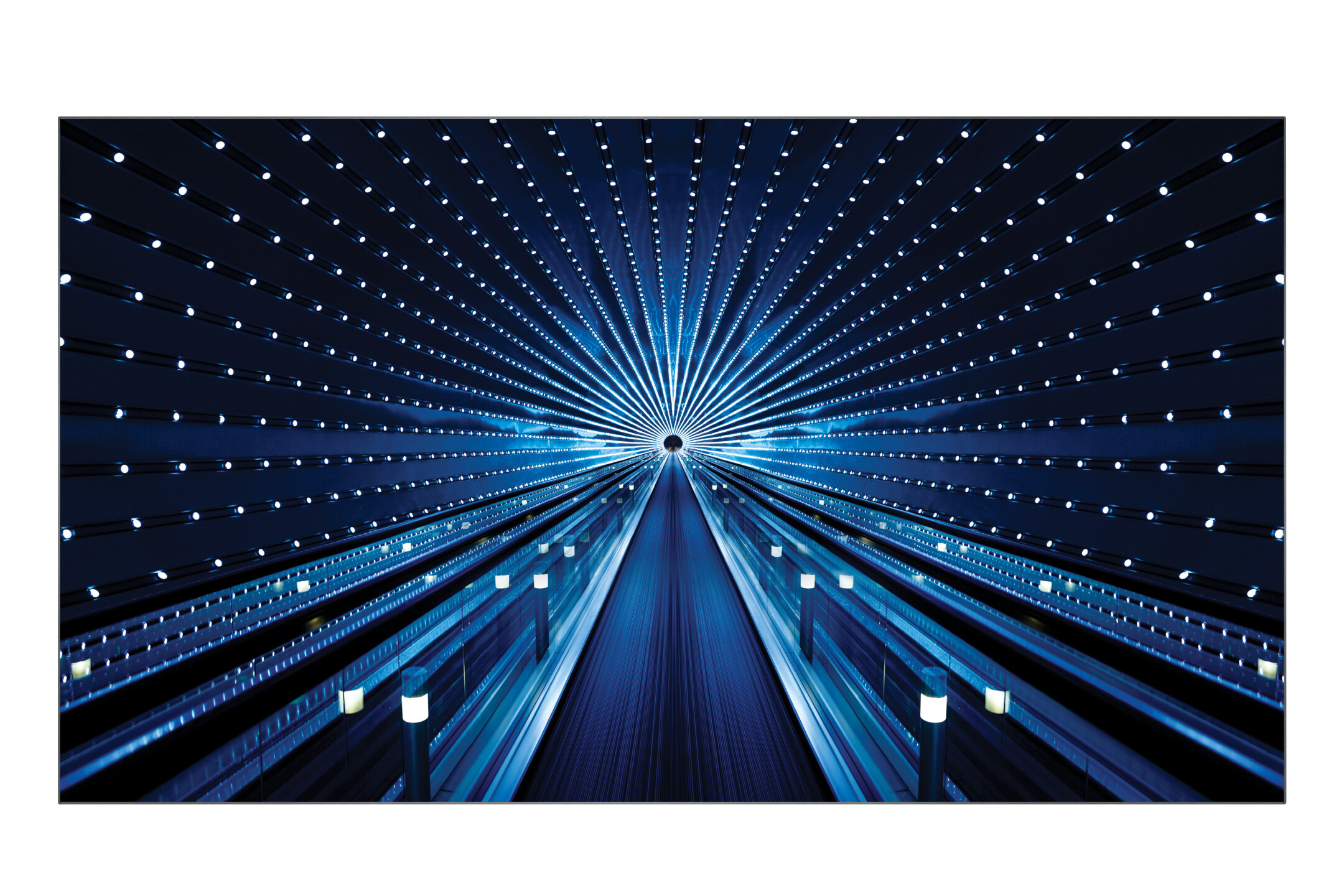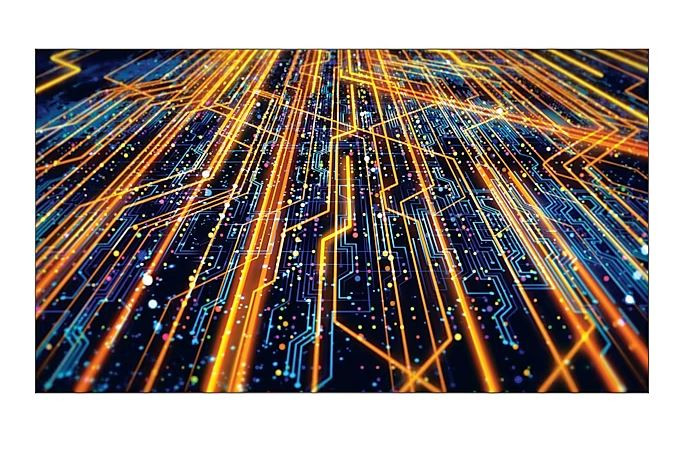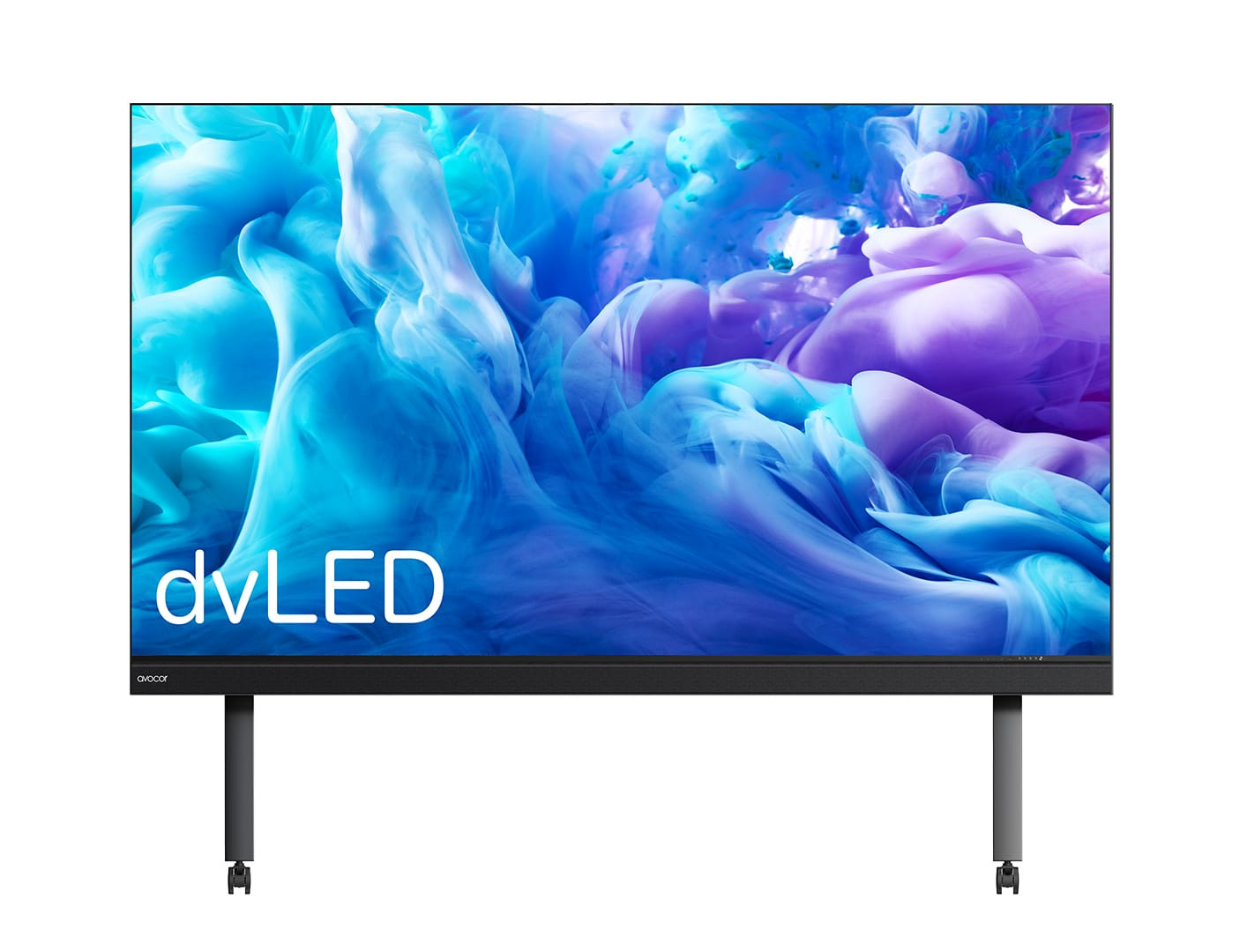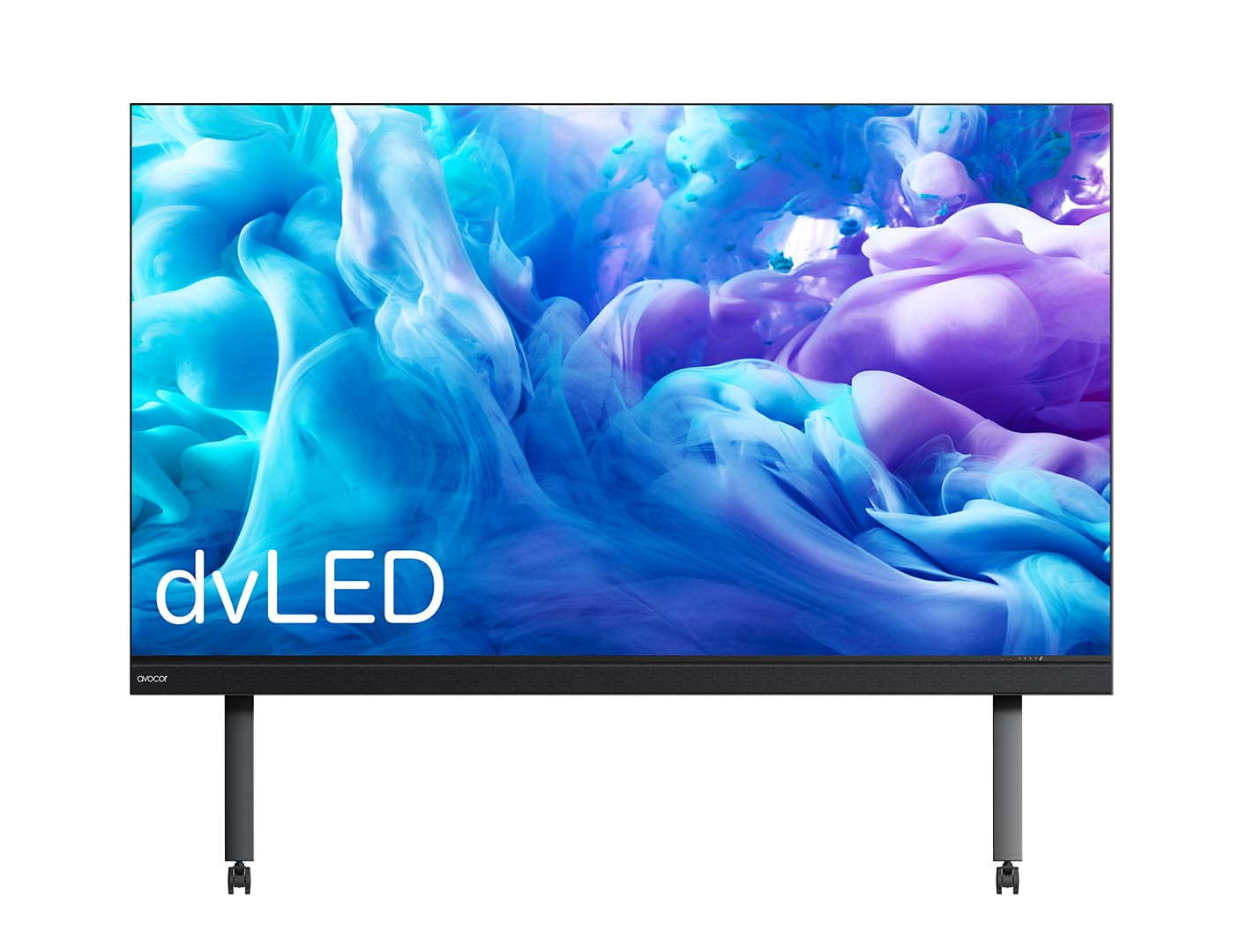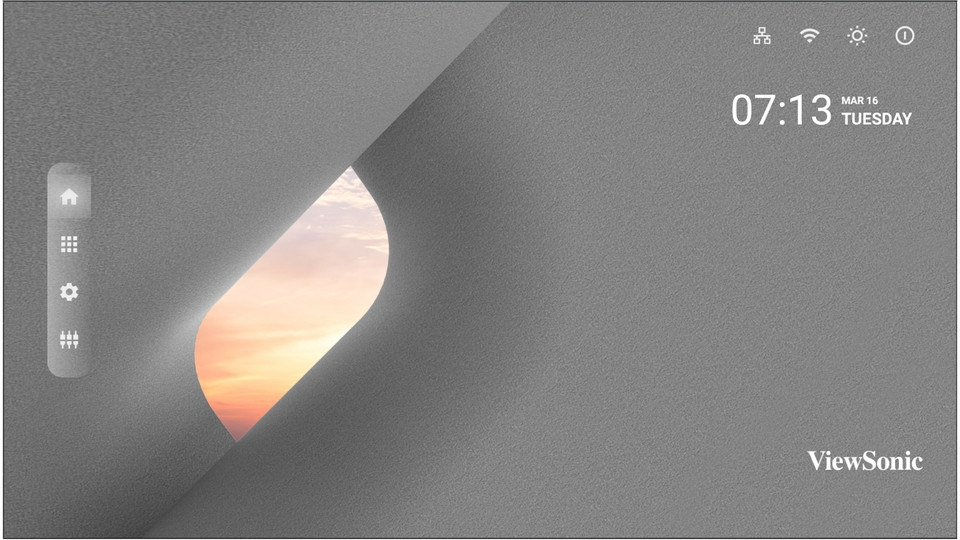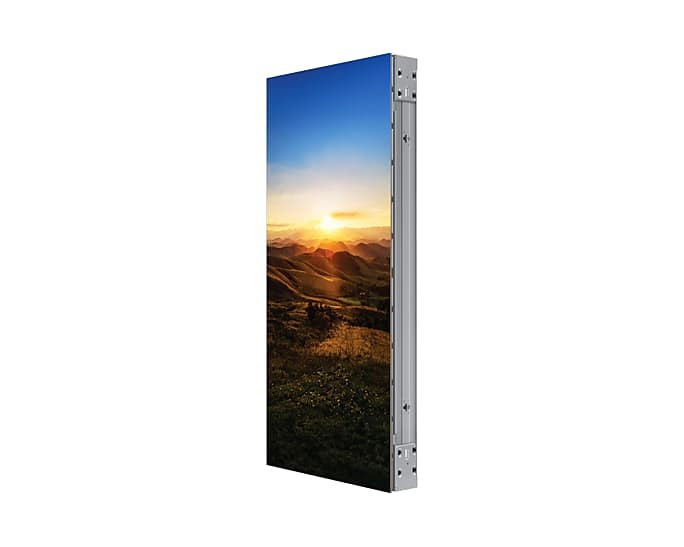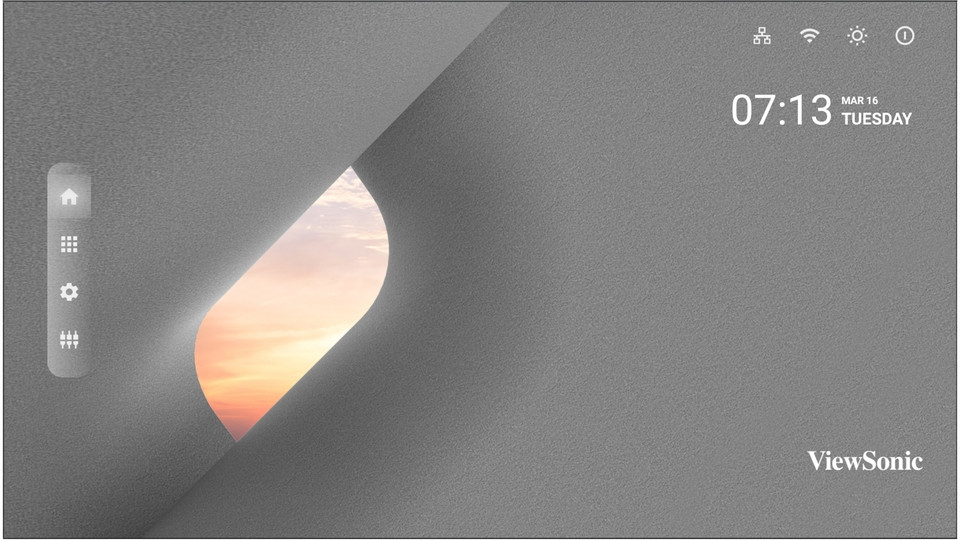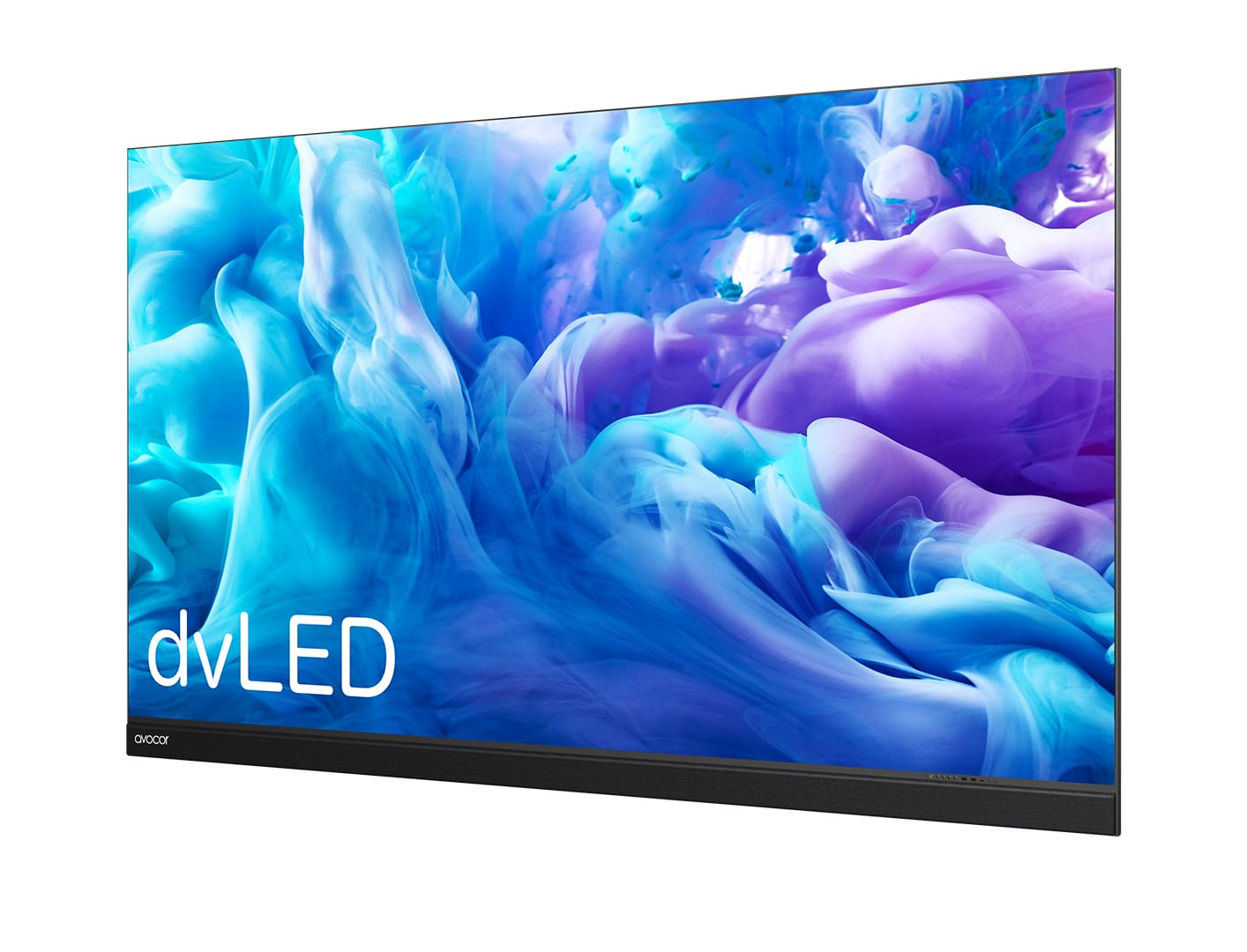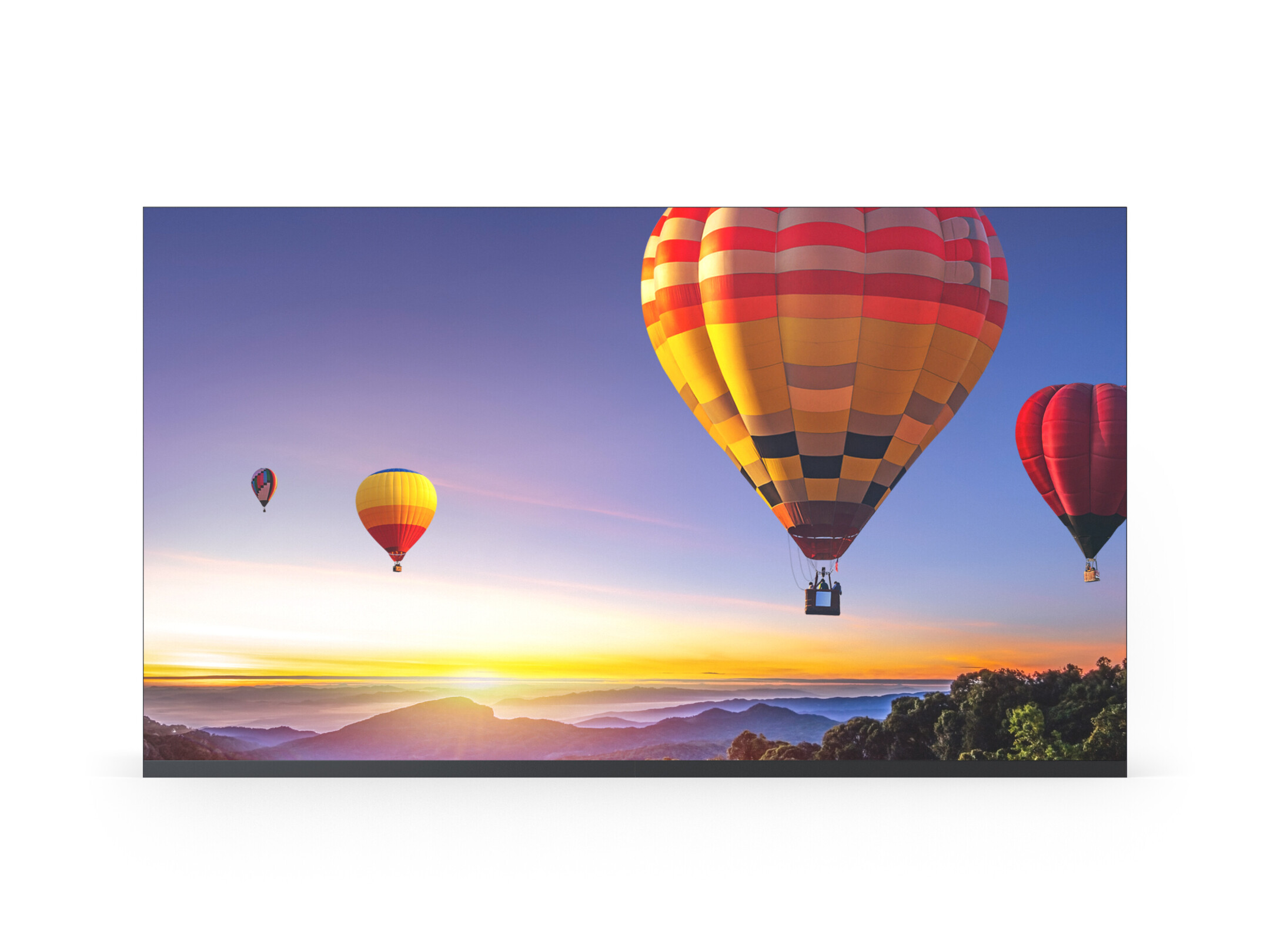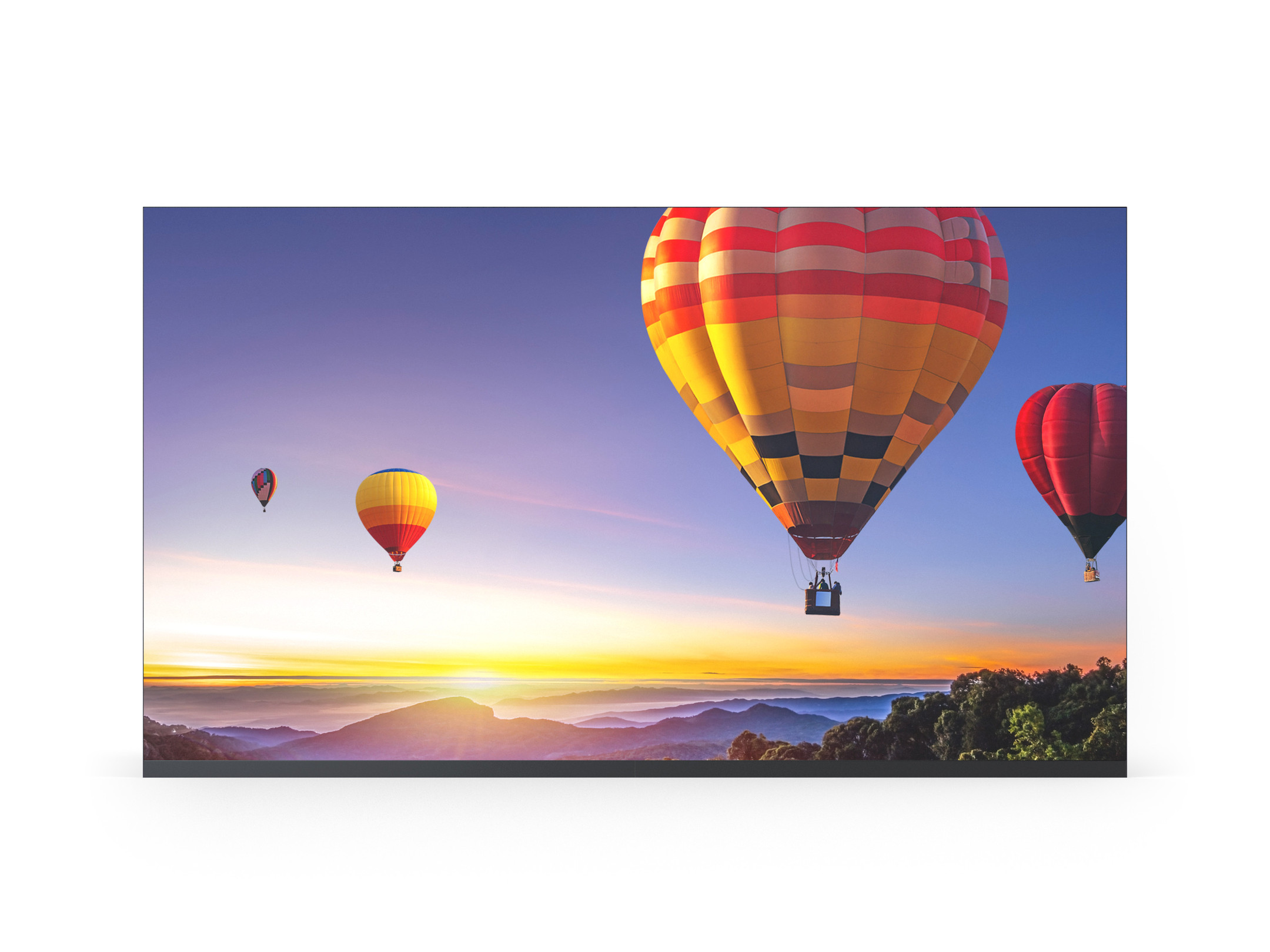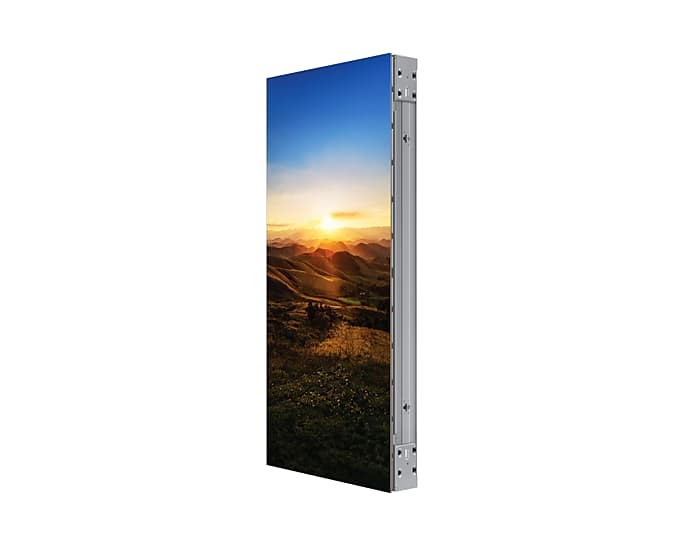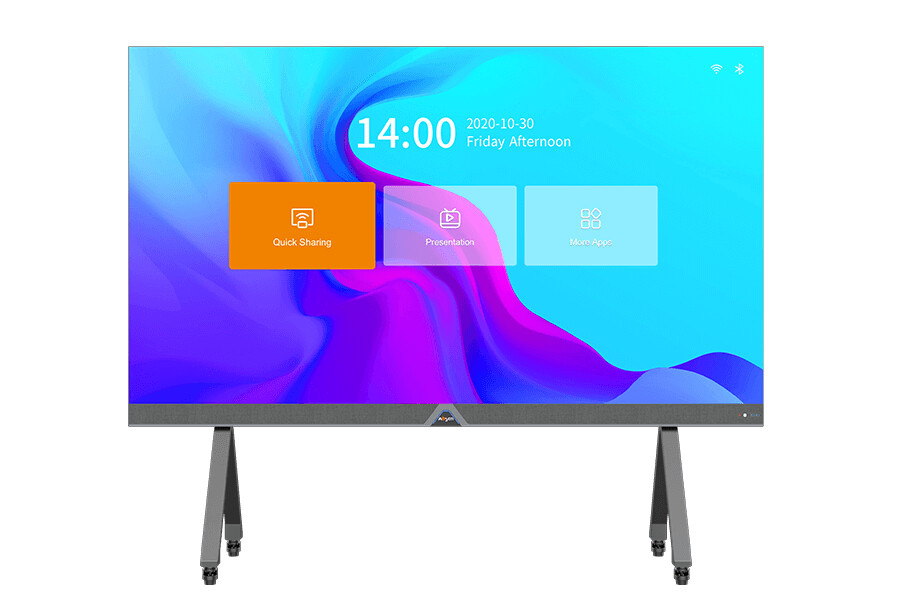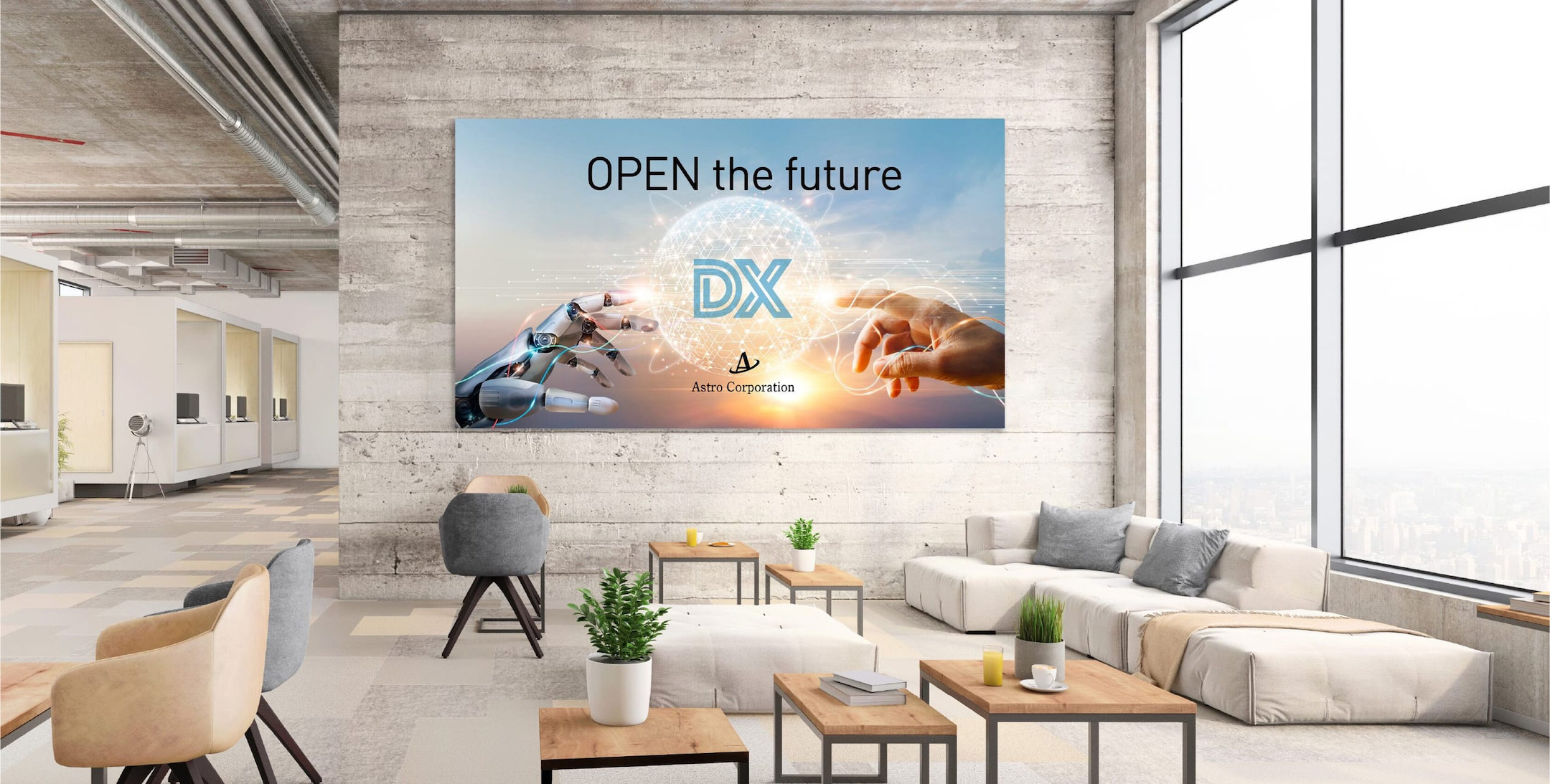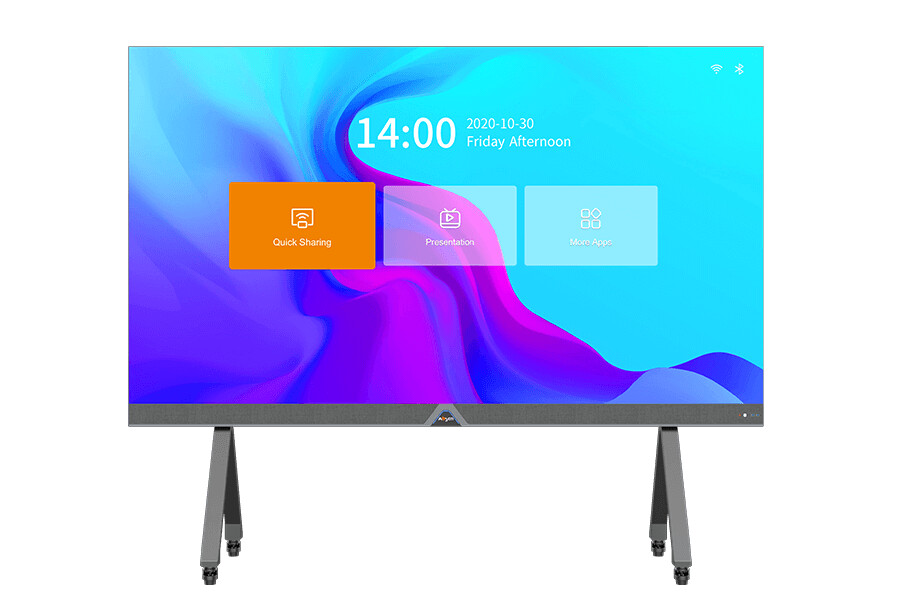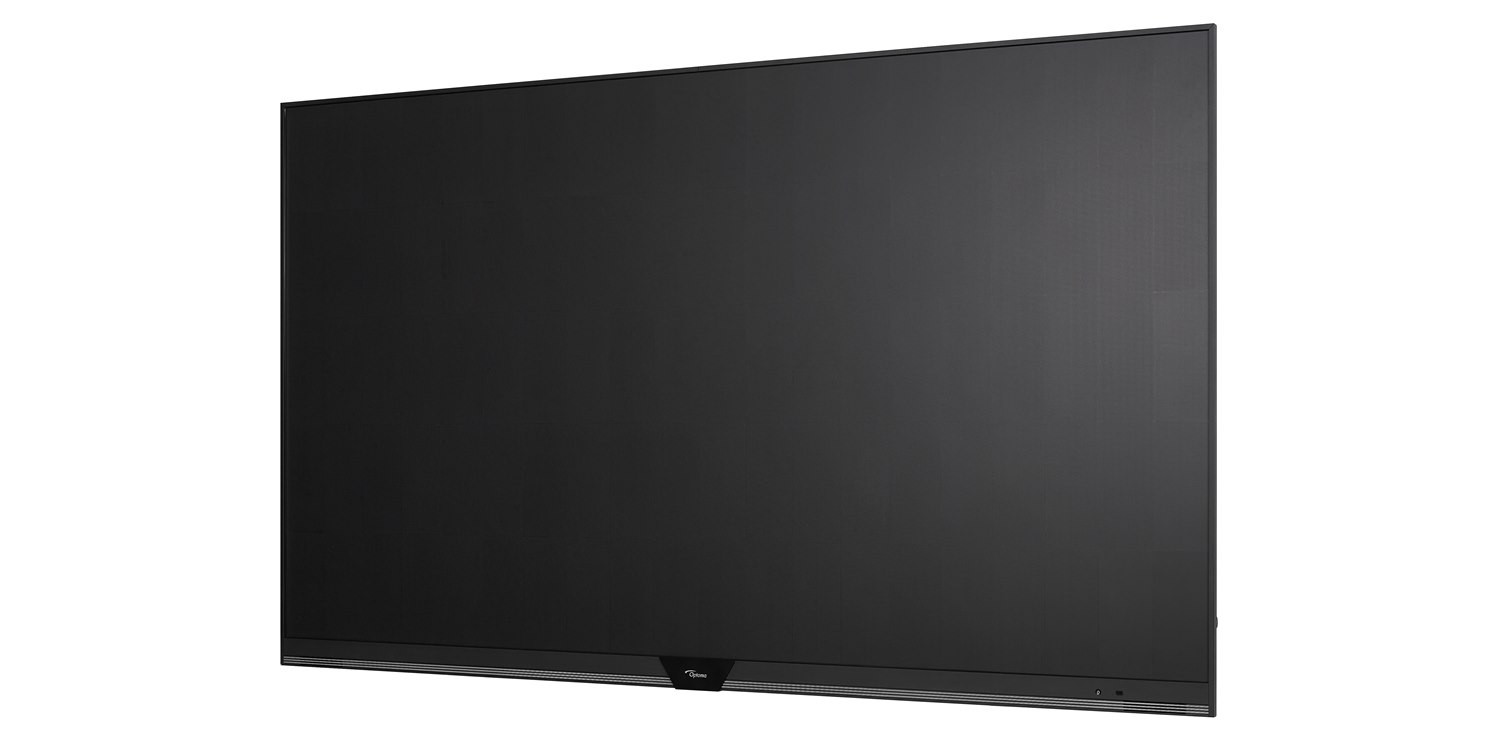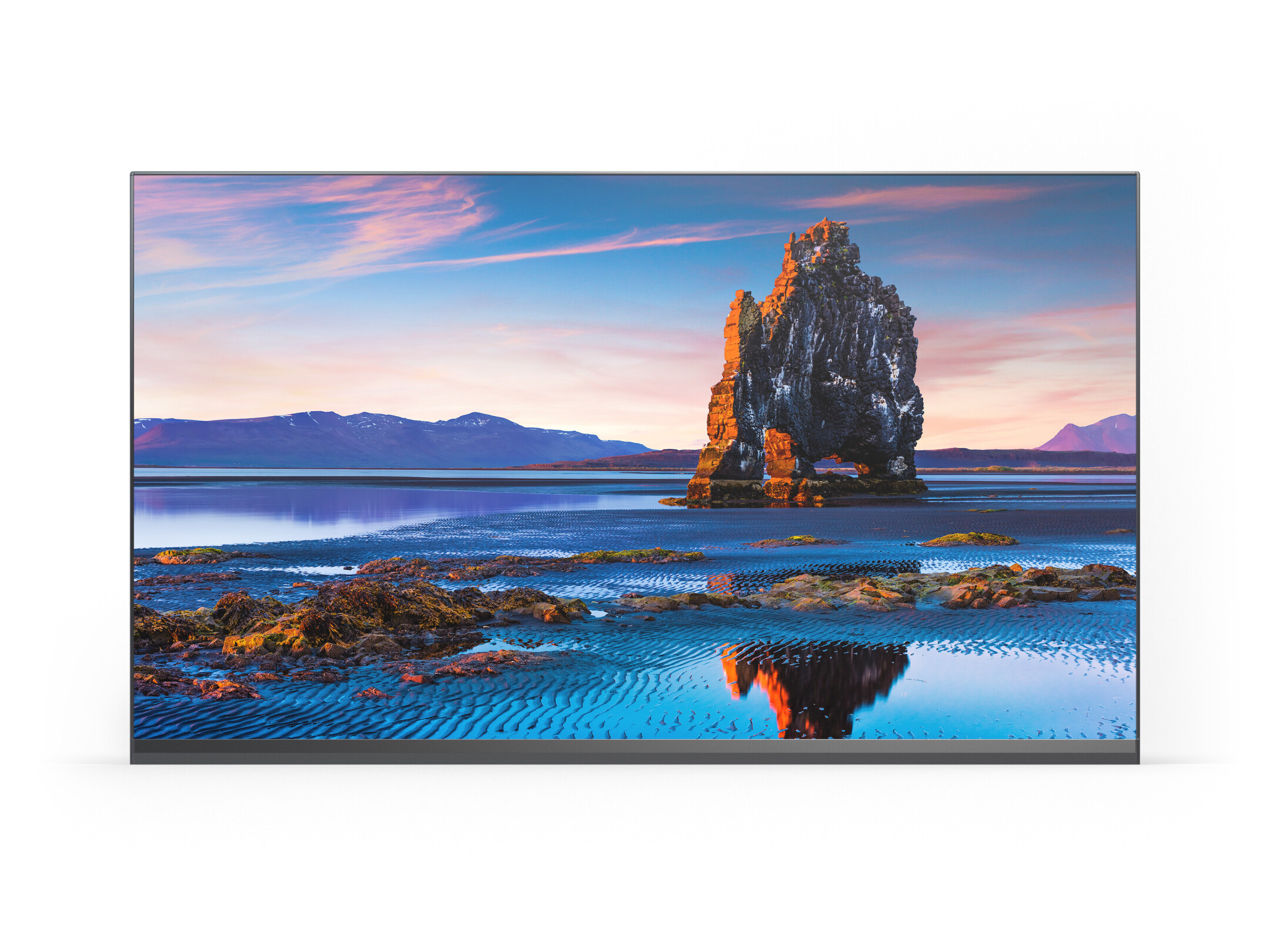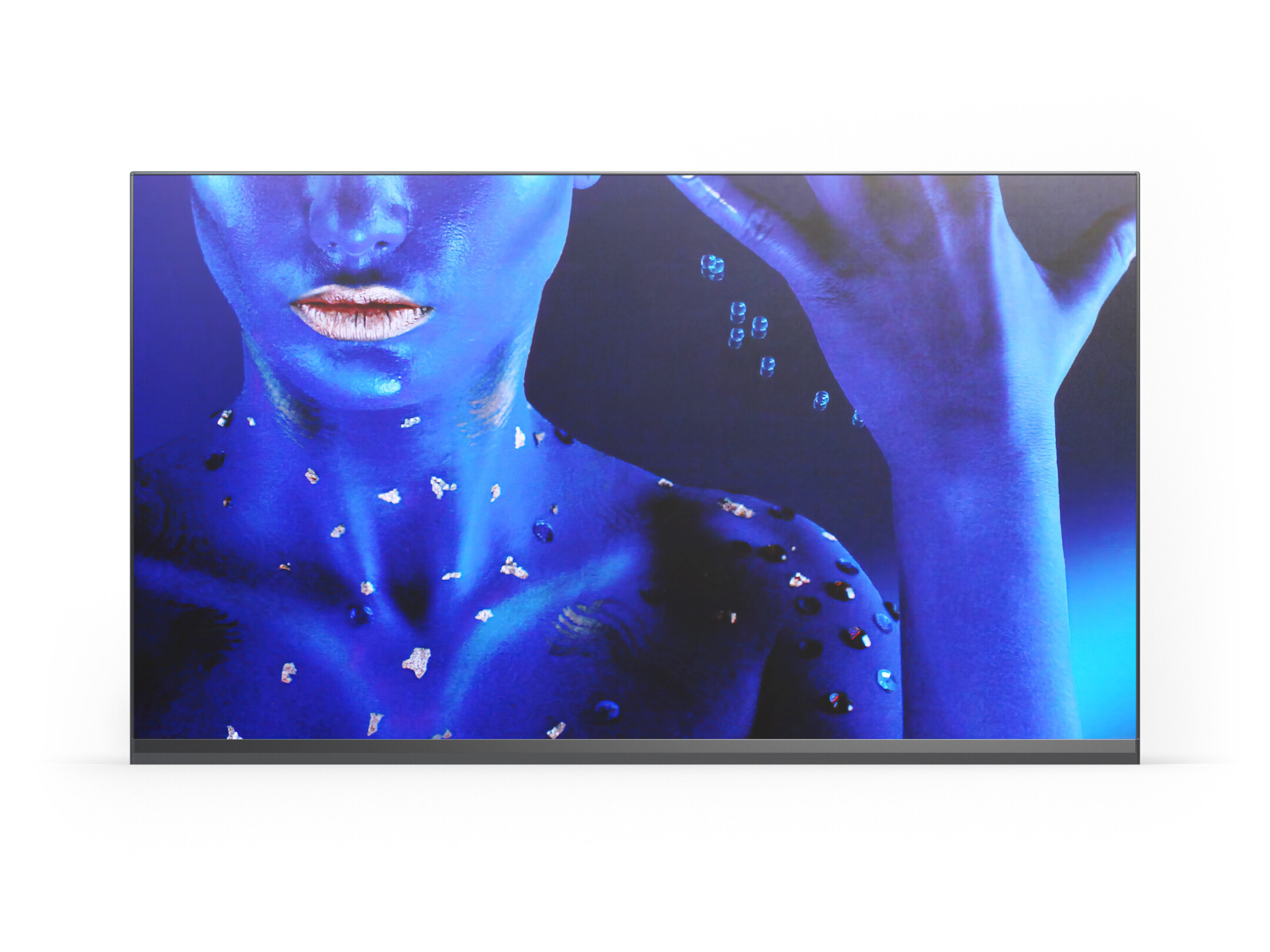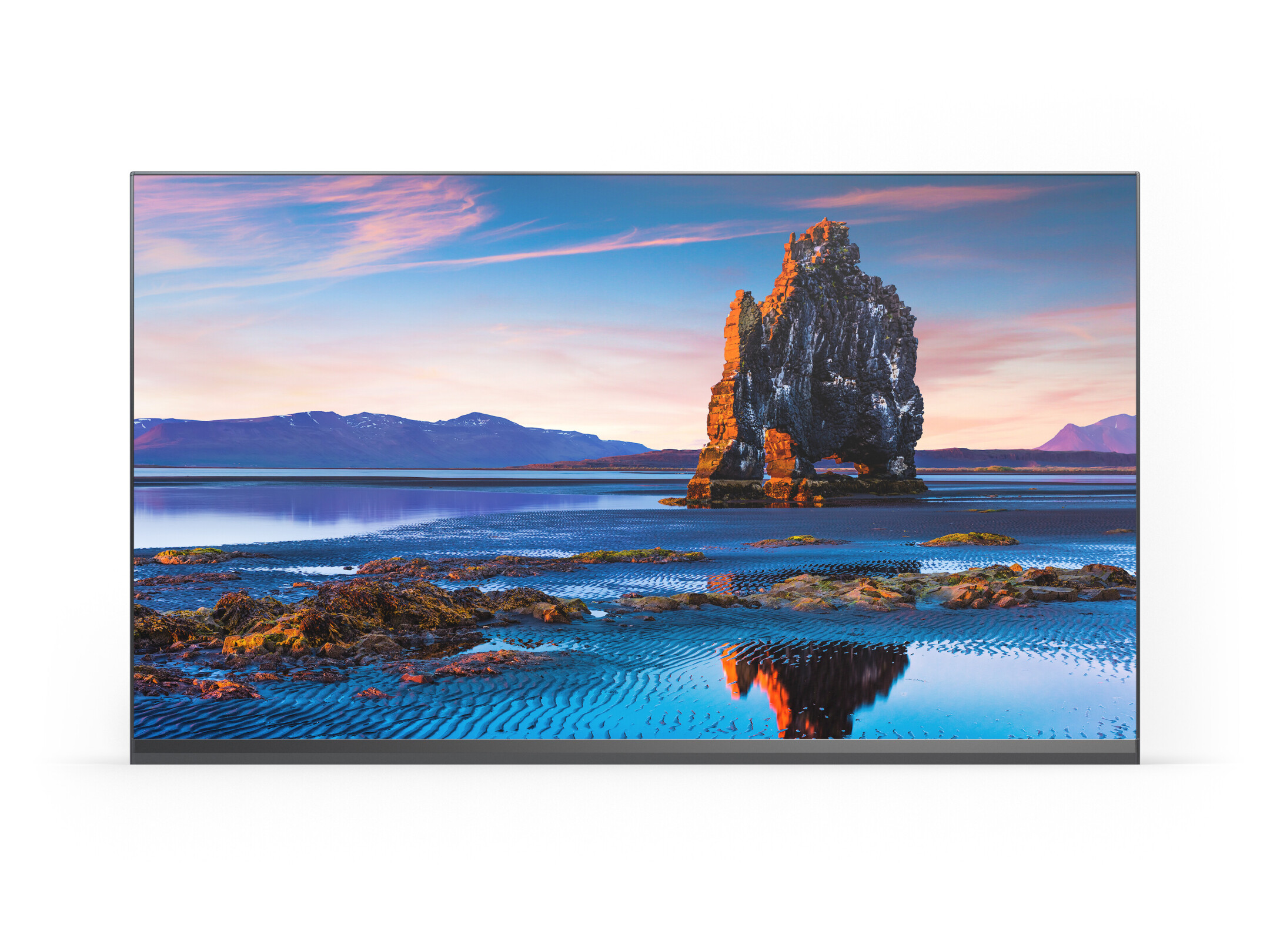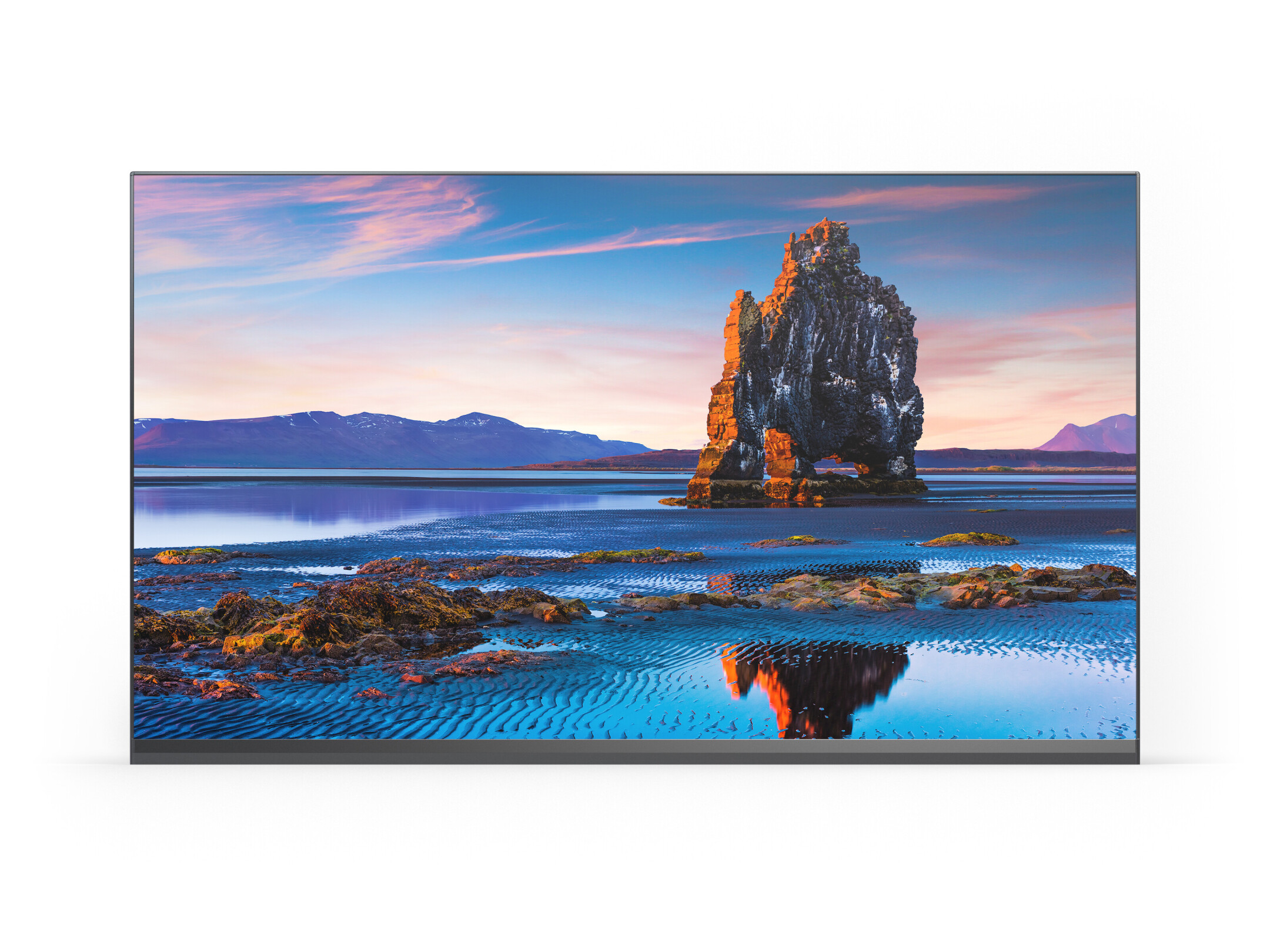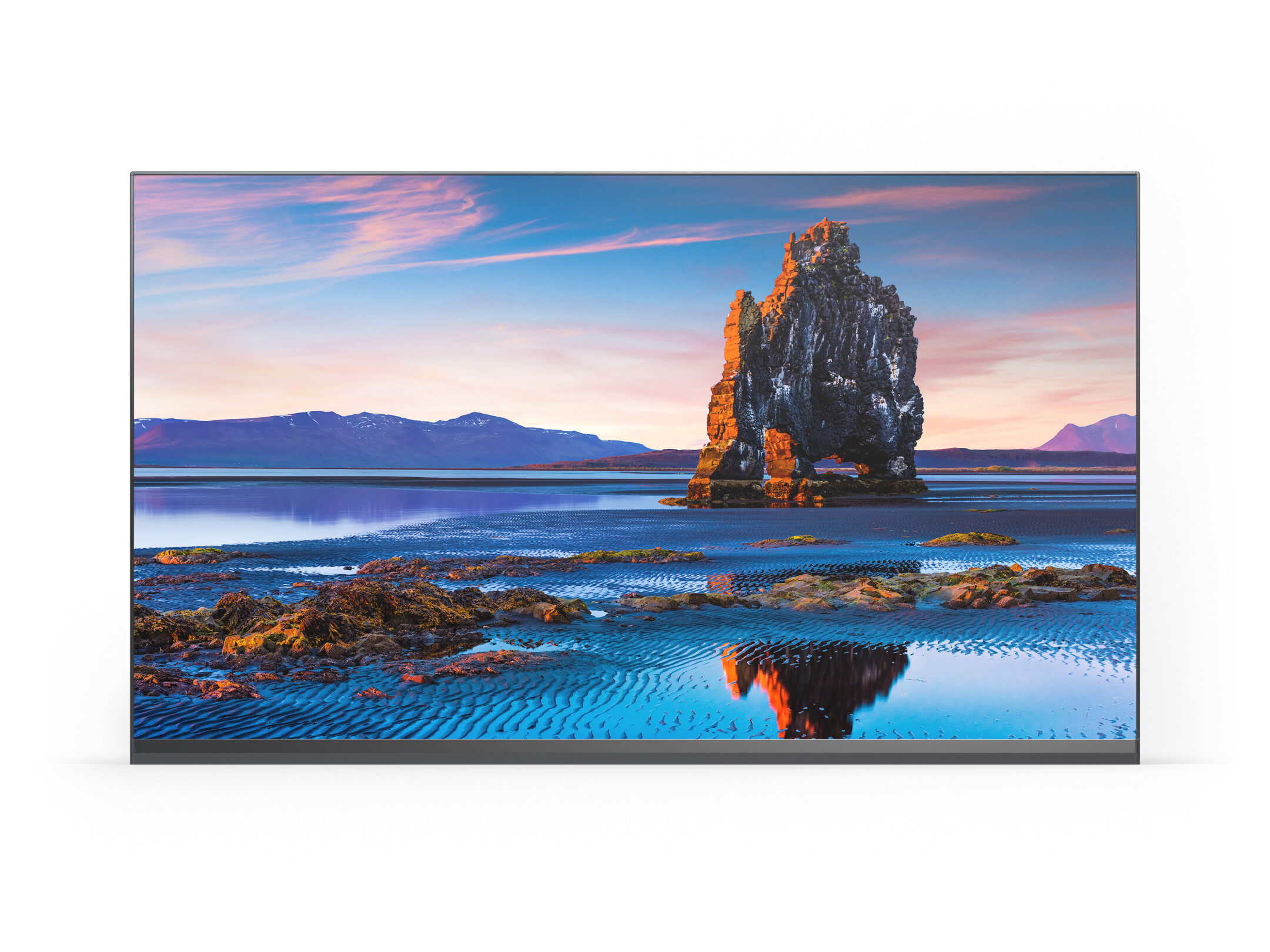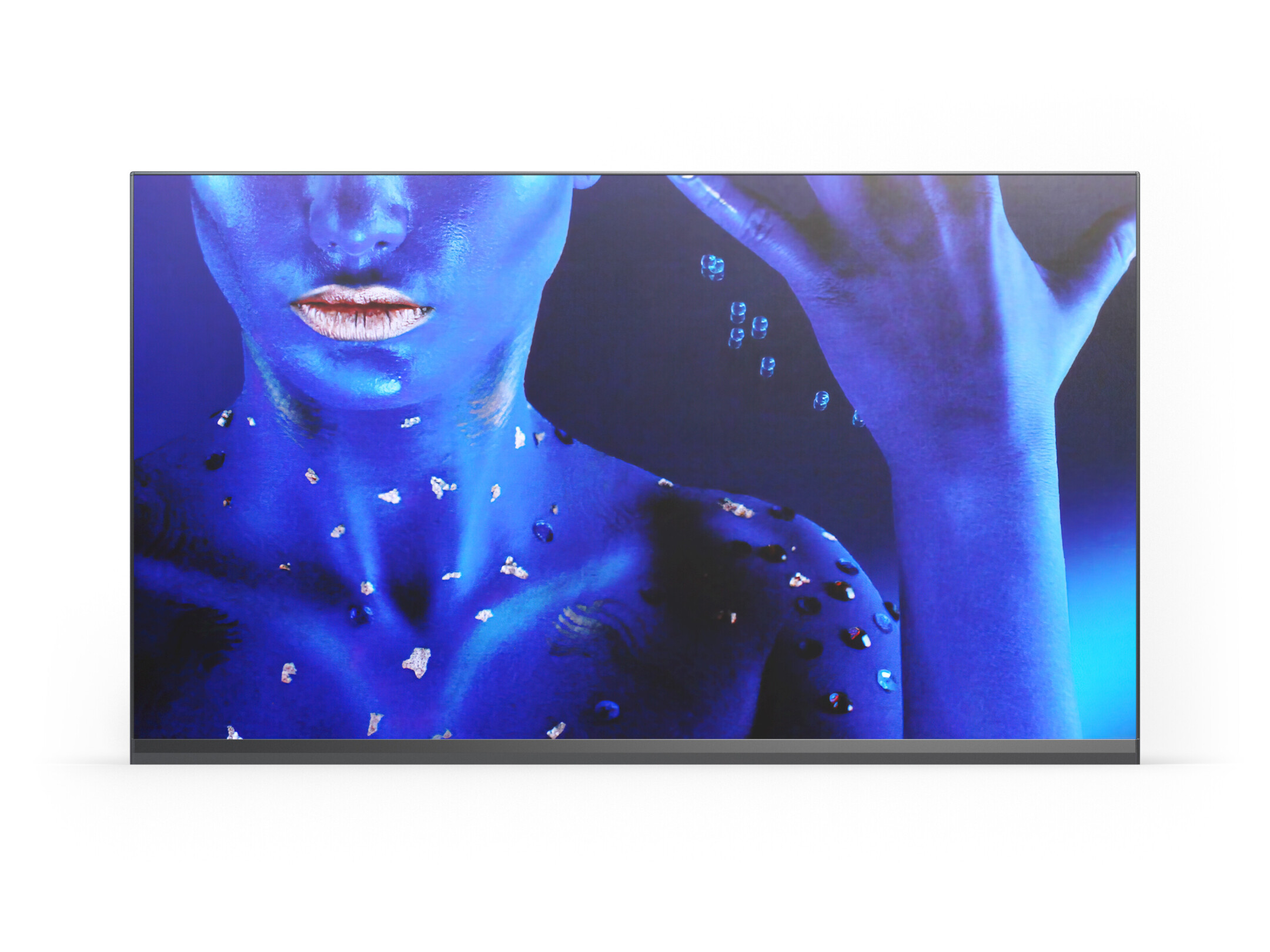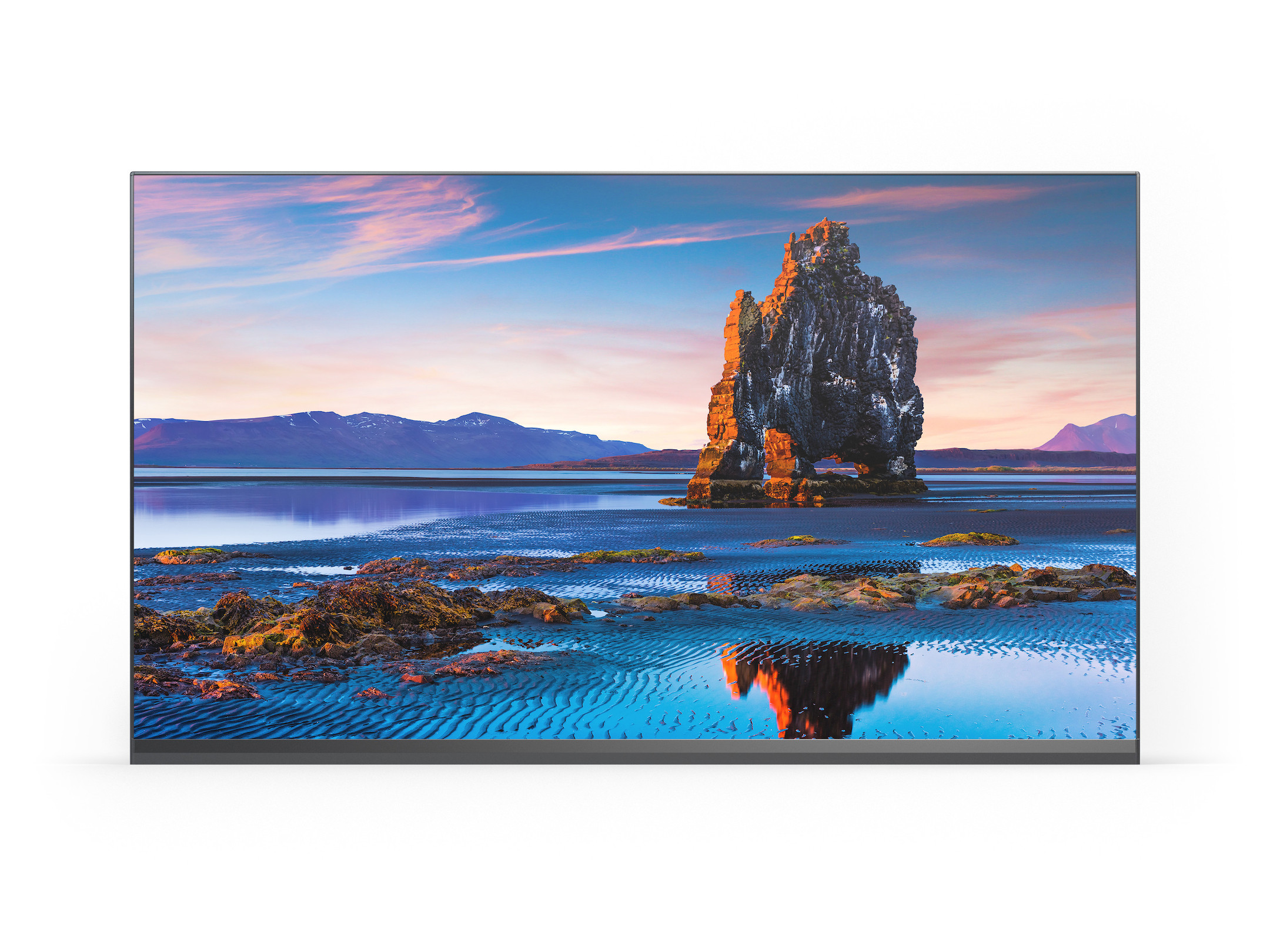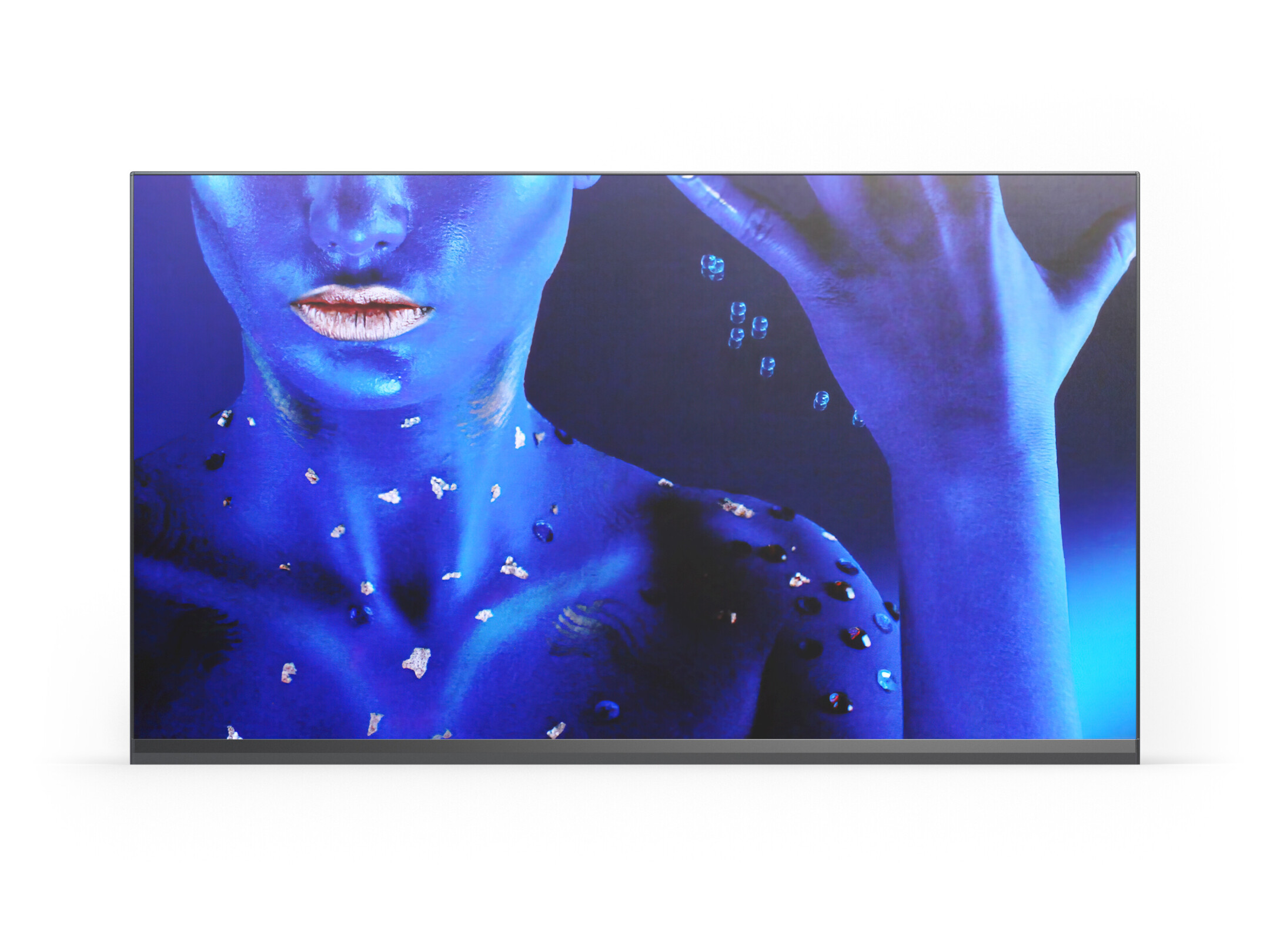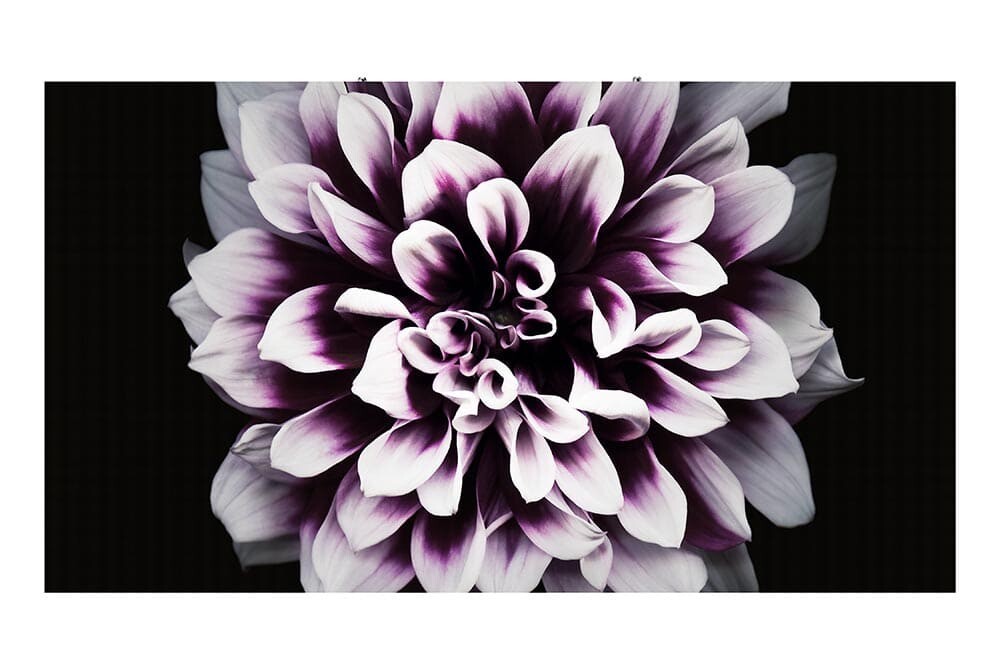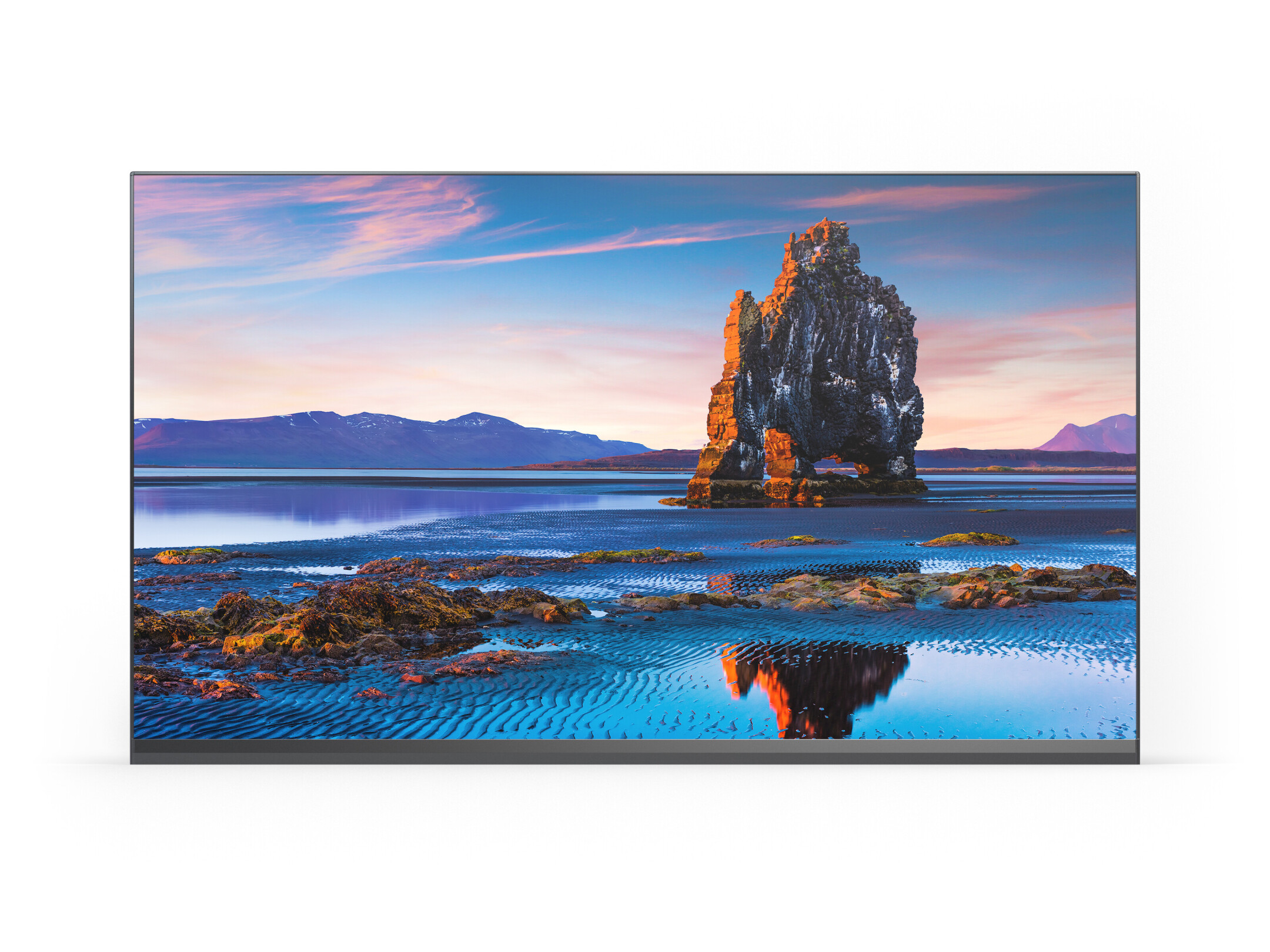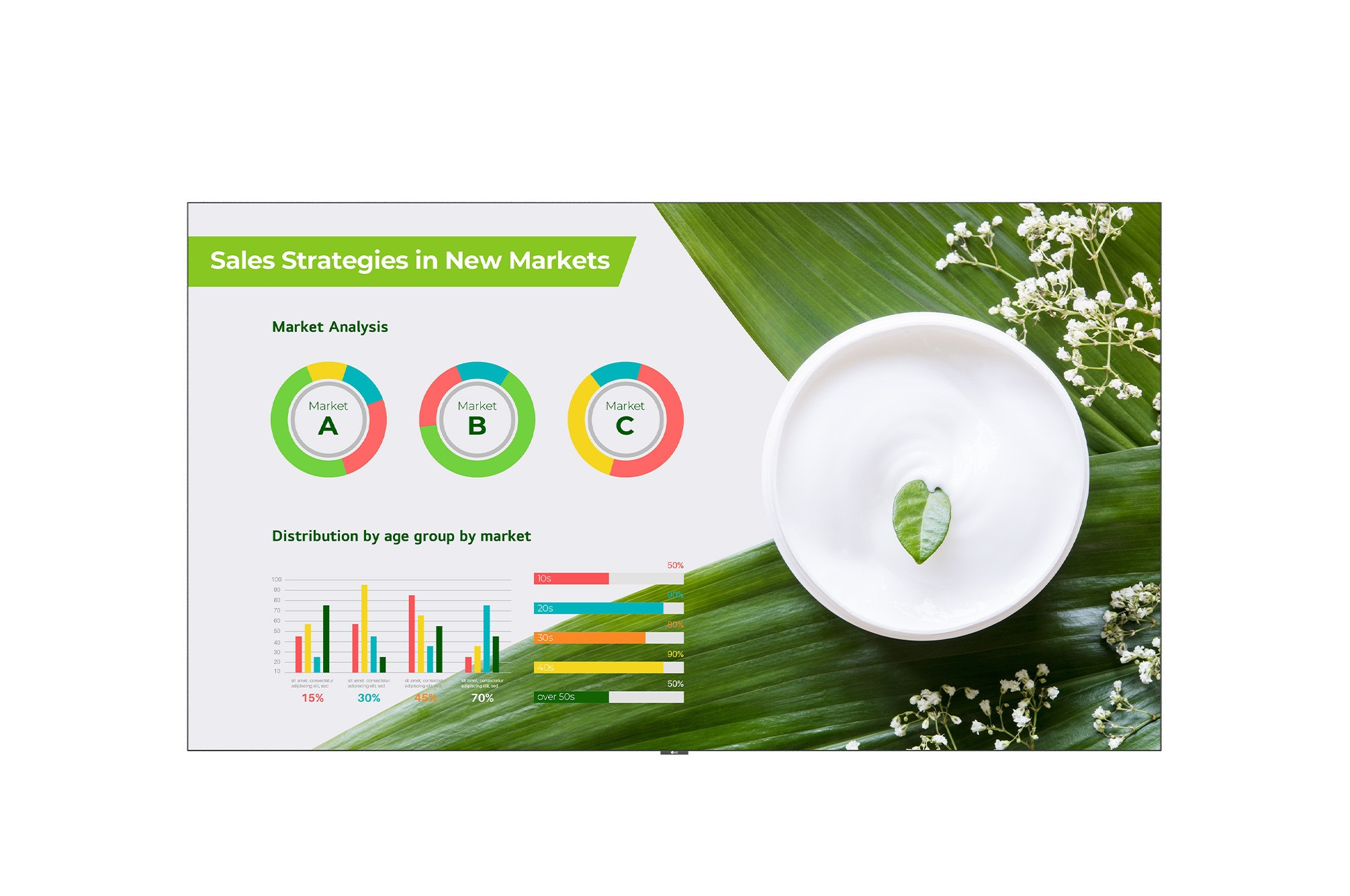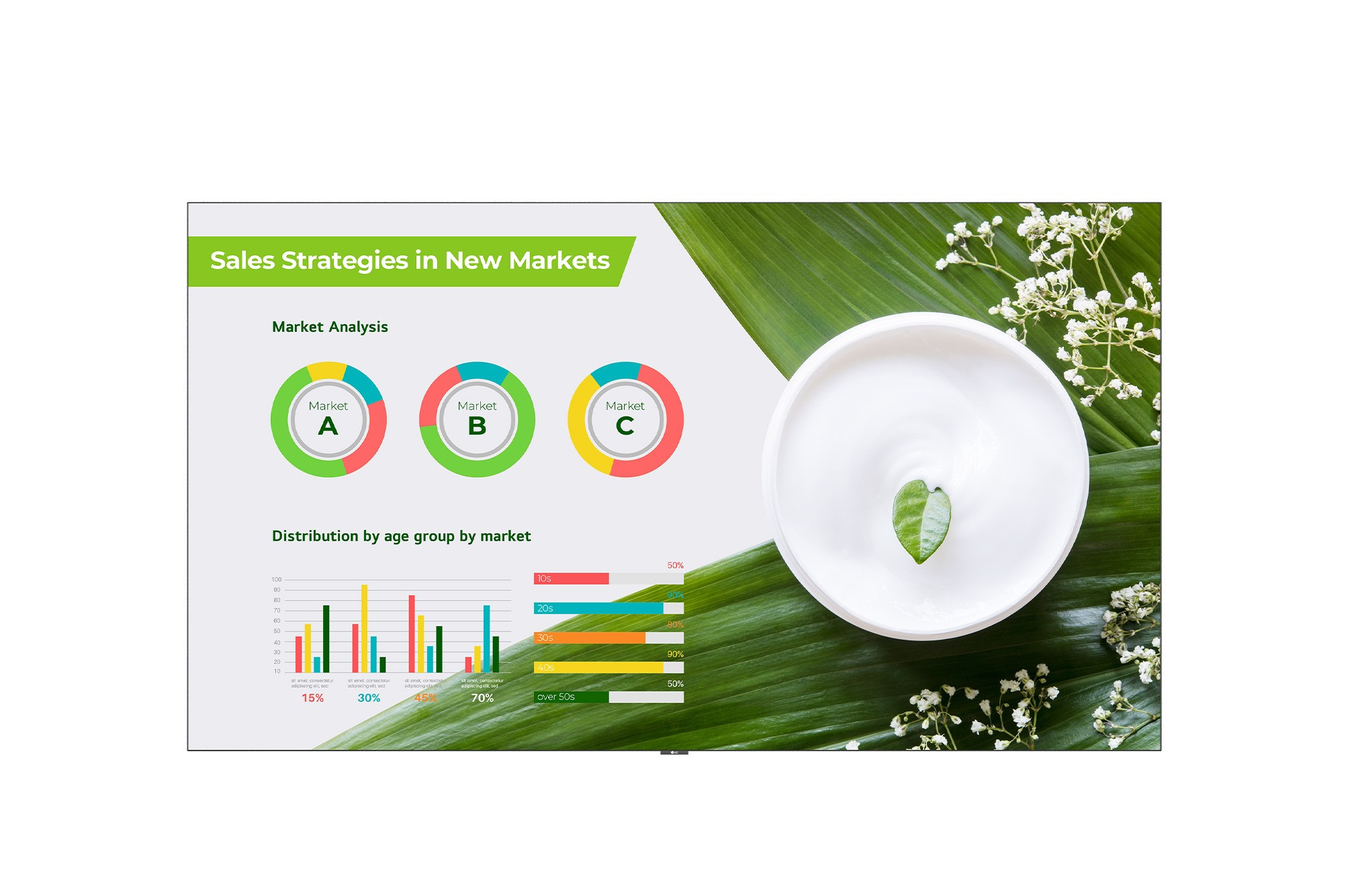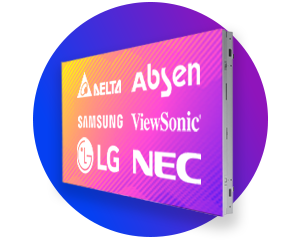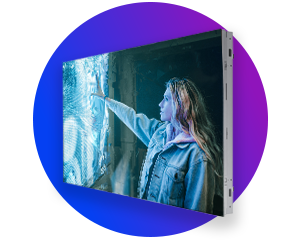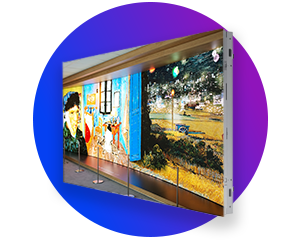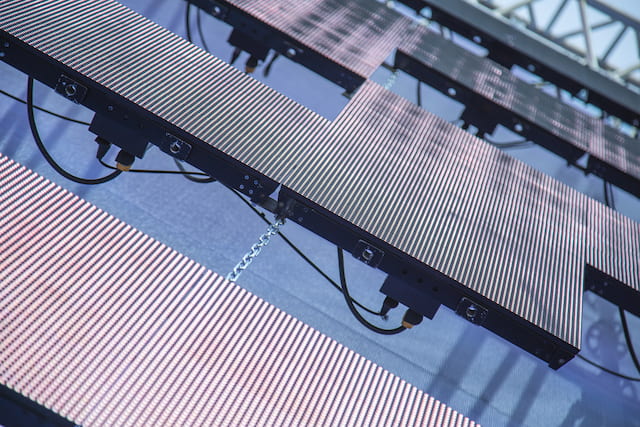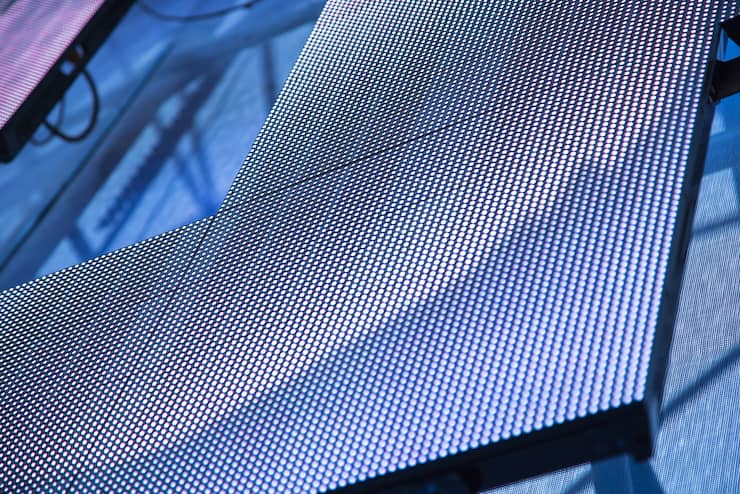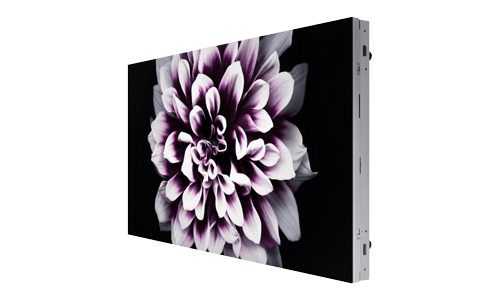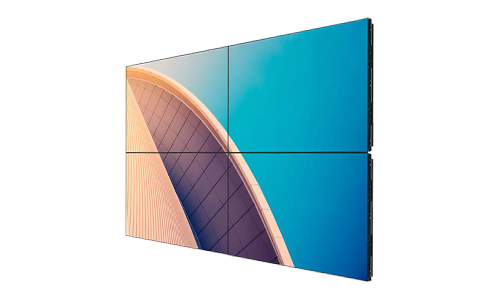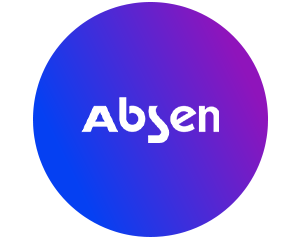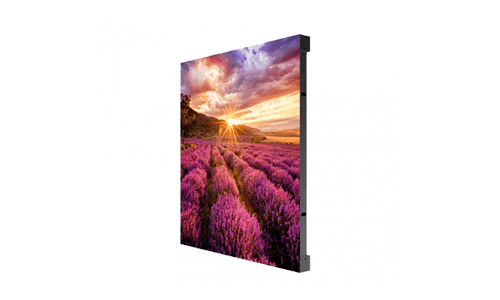LED Walls
Buy LED walls and make a statement! With LED walls from visunext, you can create excitement with large images for indoor or outdoor use, at events, in digital signage or in the sports sector. Brilliant colours, maximum brightness and a long service life that makes regular replacement investments unnecessary. Find out more now about Pixel Pitch, installation and maintenance and find the perfect LED wall as an all-in-one solution or customised for your project. Make your brand highly visible - and let images speak for you. Find out more about LED walls now!
Buy LED Wall or Videowall? Differences and advantages
Although LED walls and video walls appear almost synonymous in their function at first glance, these terms conceal fundamentally different technologies.
The most striking differences lie in the technologies used in the respective systems, in the design details and the associated technical specifications. It is precisely these nuances that form the basis for the special advantages that LED walls can have over other display options such as a video wall.
LED Wall Technology
In contrast to video walls, which usually use LCD panels to generate images, LED walls use other light-emitting technologies. These include the so-called SMD (Surface Mounted Device), the IMD (Integrated Mounted Devices) and the COB (Chip-on-Board) technology.
The latter has a significantly higher luminosity, which is especially important for digital signage applications, both outdoors and indoors.
SMD (Surface Mounted Device):
In SMD technology, light-emitting diodes are grouped in the primary colours red, blue and green and installed in a small housing. The individual housings are then placed on a carrier plate and glued together. This design protects the LEDs from external influences and allows individual LEDs to be easily replaced . At the same time, the cables for the LEDs wired from above can be accommodated in the housing.
IMD (Integrated Mounted Devices):
As with SMD technology, the LEDs in the primary colours red, blue and green are also installed in a housing with IMD technology. The difference is that with IMD technology, several groups of LEDs (e.g. 4 or 9) are combined in one housing.
COB (Chip-on-Board):
With COB LEDs, several LED chips are mounted directly on a carrier board. In contrast to conventional wiring from above, these LEDs are wired directly from below, a process known as 'flip chip'. The mounting technology of these LEDs dispenses with conventional housings, which are common with SMD and IMD LEDs. COB technology thus significantly reduces the space required for the individual pixels. As a result, the individual pixels can be moved closer together, which leads to a significant reduction in pixel spacing and thus to a higher resolution. Especially when using mini or micro LEDs, which are particularly small, COB LEDs enable extremely small pixel pitches. Finally, a thin epoxy resin coating increases the robustness of the LEDs and significantly improves black levels without compromising colour fastness.
Structure of an LED Wall
The SMD, IMD and COB LEDs are mounted on modules and combined into so-called cabinets. These cabinets can then be joined together to form surfaces of any size that are completely seamless and frameless. In addition, LED wall modules can be assembled relatively freely into individual, creative LED wall shapes. This means that L-shaped or curved LED walls can also be configured, whereas video wall displays offer very little freedom for the individual construction of a video wall.
Which is better - LED Wall or Videowall?
Is an LED wall better than a video wall? That depends very much on the respective area of application, the space available and the budget of your project. Our product experts will answer all your questions in a no-obligation consultation on LED Walls and Videowalls!
LED Walls: Installation and Assembly
Depending on the size of the LED Wall surface and the model, mounting an LED Wall is relatively simple.
However, it should always be carried out by a professional who has the necessary tools and, above all, the know-how to install and mount LED walls. Since LED walls are also relatively heavy, the statics or maximum load capacity of the mounting surface should also be taken into account before installation. Furthermore, the installation of an LED Wall in a location that is difficult to access, e.g. at a height of several metres, requires appropriate equipment and safe transport.
For this reason, we offer you a complete service for your LED Wall: we take care of the planning, delivery and installation of the LED Wall you have selected. Contact our LED Wall experts for a no-obligation consultation!
LED Walls: These are the leading manufacturers
The leading LED wall manufacturers include Absen, Optoma and Samsung. All manufacturers offer LED walls as individual modules and as complete solutions.
LED Walls: Areas of application
LED walls are large-format digital display surfaces that can be used almost anywhere where there is sufficient space for installation. They are most often used for Outdoor or Indoor Digital Signage. This is because the huge, seamless surfaces convey advertising messages in such an impressive way like no other medium.
But LED walls are not only a perfect choice for Digital Signage. LED Walls can also be used in Konferenzräumen, Hotels and Lobbys to display important additional or accompanying information. In conference rooms, the use of an LED wall gives video conferences a whole new quality.
LED Walls: Buy individual modules or a complete solution?
This depends on what you want to install an LED Wall for and where. The available space as well as the size and shape of an LED Wall are decisive factors in the decision.
How high resolution the image of an LED Wall needs to be depends very much on the viewing distance. Since most LED Wall installations require a greater distance from the viewer to the LED Wall, Full HD image resolution is usually sufficient.
The pixel pitch is the distance between the individual light-emitting diodes. The distance is given in millimetres. Values between 1 and 16 millimetres are common. Like the image resolution, the pixel pitch has a strong influence on the perceived image quality depending on the viewing distance. The greater the viewing distance, the greater the pixel pitch can be selected without individual pixels becoming visible.
The brightness of a display or an LED wall is given in candela (cd) or, in English-speaking countries, in nit per square metre. How bright an LED wall needs to be depends on where it is to be installed. In very brightly lit places, especially outdoors, the candela or nit value should be correspondingly higher than for LED walls for indoor use. While a brightness of about 500 cd/m² is sufficient for indoor use, outdoor LED walls should have values around 2,000 cd/m².
Good contrast is crucial to the visual impact of an image. Contrast is expressed as a ratio. The higher the contrast, the stronger and more appealing the displayed image. For LED walls, the contrast should be at least in the four to five digit range.
The viewing angle plays an important role in evaluating the image quality of an LED Wall. Especially in the horizontal plane, the viewing angle should be as large as possible so that the viewer can see the displayed image undistorted even when viewed from the side at an angle. Viewing angles between 150° and 170° are common for LED walls.
LEDs are known for their very long service life. That is why 100,000 operating hours are not uncommon for LED walls. The brightness of individual LEDs changes only slightly over time and is distributed very evenly across the image. The image quality therefore remains almost constant even when used 24/7.
IP protection classes classify electrical equipment according to its suitability for different areas of application in terms of the quality of protection against external influences from the environment or from the influence of third parties. The IP protection class is indicated as a combination of letters and numbers. We have compiled the most common IP protection types for you in a clear table.
| IP20 |
|
| IP21 |
|
| IP31 |
|
| IP40 |
|
| IP43 |
|
| IP54 |
|
| IP65 |
|





